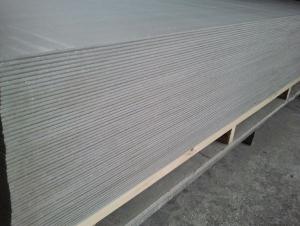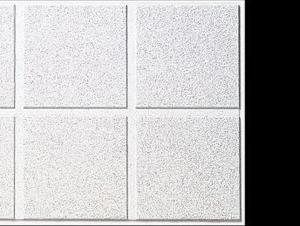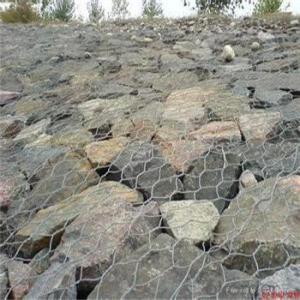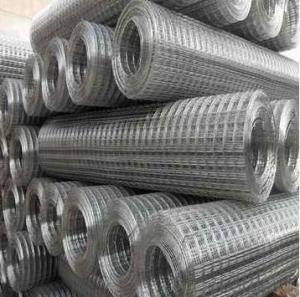1/4 Aluminum Plate Weight
1/4 Aluminum Plate Weight Related Searches
Led Light Bulbs For Ceiling Fixtures Decorative Ceiling Plate For Light Fixture Ceiling Plate For Hanging Light Parts For Light Fixtures Light Projector For Christmas Grill With Led Light Bar Lights For Kitchen Ceiling Lights For Fall Ceiling Hanging Ceiling Chairs For Bedrooms 42 White Ceiling Fan With LightHot Searches
Price For Stainless Steel Scrap Scrap Price For Stainless Steel Price For Stainless Steel Price Of Shipping Containers For Sale Stock Price For Aluminum Air Pump For Aquarium Price Used Foam Board Insulation For Sale Bags Of Cement For Sale Types Of Temporary Side Panels For Cement Deck Magnesium Oxide Board For Sale Hdf Board For Sale sintra board for sale Solar With Inverter Price Pedestal Fan With Water Spray Price Price Of Scrap Stainless Steel Price Of Stainless Steel Scrap Price Of Stainless Steel High Mast Light Price List Solar High Mast Light Specification Inverter Size For Solar System1/4 Aluminum Plate Weight Supplier & Manufacturer from China
Okorder.com is a professional 1/4 Aluminum Plate Weight supplier & manufacturer, offers integrated one-stop services including real-time quoting and online cargo tracking. We are funded by CNBM Group, a Fortune 500 enterprise and the largest 1/4 Aluminum Plate Weight firm in China.Hot Products
FAQ
- There exists a variety of aluminum sheets, each possessing distinct characteristics and applications. Here are some commonly encountered types: 1. The plain aluminum sheet, with its smooth surface and uniform thickness, serves as the fundamental option. It holds widespread usage across various industries for general purposes. 2. The embossed aluminum sheet, achieved by rolling the metal through a patterned roller, presents a textured or patterned surface. It finds common application in fields like interior design or automotive trim, where decorative purposes are desired. 3. The perforated aluminum sheet, as its name implies, contains small holes or perforations throughout its surface. It frequently finds application in architectural scenarios, such as building facades or sunscreens, as well as in filtration systems. 4. The treadplate aluminum sheet, also known as checker plate or diamond plate, exhibits a raised pattern of lines or diamonds on its surface. This pattern enhances traction, making it suitable for industrial flooring or stair treads, where slip resistance is vital. 5. The anodized aluminum sheet undergoes an electrochemical process, forming a protective oxide layer on the surface. This process enhances durability, corrosion resistance, and allows for color customization through dye acceptance. Architectural applications, signage, and consumer products commonly employ anodized aluminum sheets. 6. The painted aluminum sheet, coated with a layer of paint, not only enhances appearance but also provides added corrosion protection. It is often utilized in applications where aesthetics are paramount, such as building facades, signage, or automotive parts. These examples represent a small selection of the aluminum sheet types available in the market. The selection of an appropriate type depends on specific project requirements, encompassing factors like durability, appearance, corrosion resistance, or slip resistance.
- Aluminum sheets can be finished using various methods, each with its own advantages and applications. Some commonly used methods are: 1. Anodizing: By immersing the aluminum sheet in an electrolytic solution and applying an electric current, a protective oxide layer is formed on the surface. Anodizing offers excellent corrosion resistance, durability, and the option to add color or dye for aesthetic purposes. 2. Polishing: This mechanical process involves buffing the aluminum sheet to achieve a smooth and reflective surface. It is commonly used for decorative purposes and to enhance the metal's appearance. 3. Brushing: By using abrasive materials or brushes, a directional grain pattern can be created on the surface of the aluminum sheet. Brushing is often employed in architectural applications or to achieve a distinct textured finish. 4. Powder coating: This method entails applying a dry powder paint to the aluminum sheet's surface, followed by curing it under heat. It provides a durable and vibrant finish, offering excellent resistance to weathering, chemicals, and UV rays. 5. Chemical etching: Acidic or alkaline solutions are used in chemical etching to selectively remove aluminum from the sheet's surface, resulting in a textured or patterned design. It is commonly used for decorative purposes or to improve adhesion for subsequent coatings. 6. Laminating: A protective film or layer is bonded onto the surface of the aluminum sheet in the laminating process. This method offers additional protection against scratches, stains, and physical damage, while also allowing for customization through different film finishes. 7. Sandblasting: High-pressure air or water is used to propel abrasive particles onto the aluminum sheet's surface, creating a textured or matte finish. Sandblasting is often employed to remove impurities, enhance paint adhesion, or achieve a unique appearance. These methods are just a few examples of the many available options for finishing aluminum sheets. The choice of method depends on the desired appearance, functionality, and specific requirements of the application.
- Indeed, the utilization of aluminum sheets is appropriate for the fabrication of audio speaker enclosures. Aluminum, being a lightweight and sturdy substance, is frequently employed in the manufacturing of speaker enclosures. It possesses exceptional acoustic characteristics that enable the production of precise and clear sound reproduction. Furthermore, aluminum exhibits resistance to corrosion, thereby guaranteeing the enduring lifespan of the speaker enclosure. Moreover, aluminum can be effortlessly molded and shaped into diverse designs, providing flexibility throughout the manufacturing procedure. All in all, due to their acoustic properties, durability, and versatility, aluminum sheets are an appropriate selection for the production of audio speaker enclosures.
- ive been working with parts for a robot without gloves and ive manged to 3 cuts in my fingers, also my hands get covered with powdered aluminum from sanding the peices, can this be dangerous to my health?
- Breathing anything but air is dangerous. You should wear a mask when sanding anything. If your getting large amounts of dust near your face wearing goggles is a good idea.
- Where is a good website to get a brand new sealed in box Aluminum macbook.
- I don't think that there are any other website, but if you go to the apple website and ring them I am sure they will be able to do a better price for you if you ask them nicely. Any apple product is worth the money, I have the new Macbook and it is absolutely amazing=] Hope this helps.
- To prevent oil or grease stains on aluminum sheets, there are a few measures you can take: 1. Clean the aluminum sheets regularly: Regularly cleaning the aluminum sheets will help remove any existing oil or grease stains and prevent them from accumulating. Use a mild detergent or a mixture of water and vinegar to clean the sheets. Avoid using abrasive cleaners or scrubbing pads as they may damage the surface. 2. Apply a protective coating: Applying a protective coating can act as a barrier between the aluminum surface and oil or grease. There are various coating options available, such as clear lacquer or anodizing. These coatings create a smooth and non-porous surface, making it harder for oil or grease to penetrate and stain the aluminum sheets. 3. Use a barrier material: If you frequently work with oil or grease near aluminum sheets, consider using a barrier material to prevent direct contact. This could include using a silicone mat or placing a layer of parchment paper or aluminum foil between the aluminum sheet and the oil or grease source. 4. Store aluminum sheets properly: Proper storage is essential to prevent oil or grease stains on aluminum sheets. Make sure to store them in a clean and dry environment, away from any potential sources of contamination. Keep the sheets covered or wrapped in a protective material to prevent dust, dirt, or oil from settling on the surface. 5. Handle aluminum sheets with clean hands: When handling aluminum sheets, ensure your hands are clean and free of oil or grease. Even small amounts of oil or grease on your hands can transfer onto the sheets and cause stains. If necessary, wear clean gloves or use clean tools when working with aluminum sheets to minimize the risk of stains. By implementing these preventive measures, you can significantly reduce the chances of oil or grease stains on your aluminum sheets, keeping them clean and in good condition.
- Yes, aluminum sheets can be anodized for added durability. Anodizing is an electrochemical process that forms a protective oxide layer on the surface of aluminum, increasing its corrosion resistance, hardness, and overall durability.
- Yes, aluminum sheets can be used in food or beverage processing industries. Aluminum is a non-toxic material, and it is widely used in the food and beverage industry due to its excellent properties. Aluminum sheets are resistant to corrosion, lightweight, and have good thermal conductivity. These properties make them ideal for various applications in food and beverage processing industries, such as food packaging, cooking utensils, storage containers, and beverage cans. Additionally, aluminum is a sustainable material as it can be recycled, which further enhances its suitability for use in these industries.














































